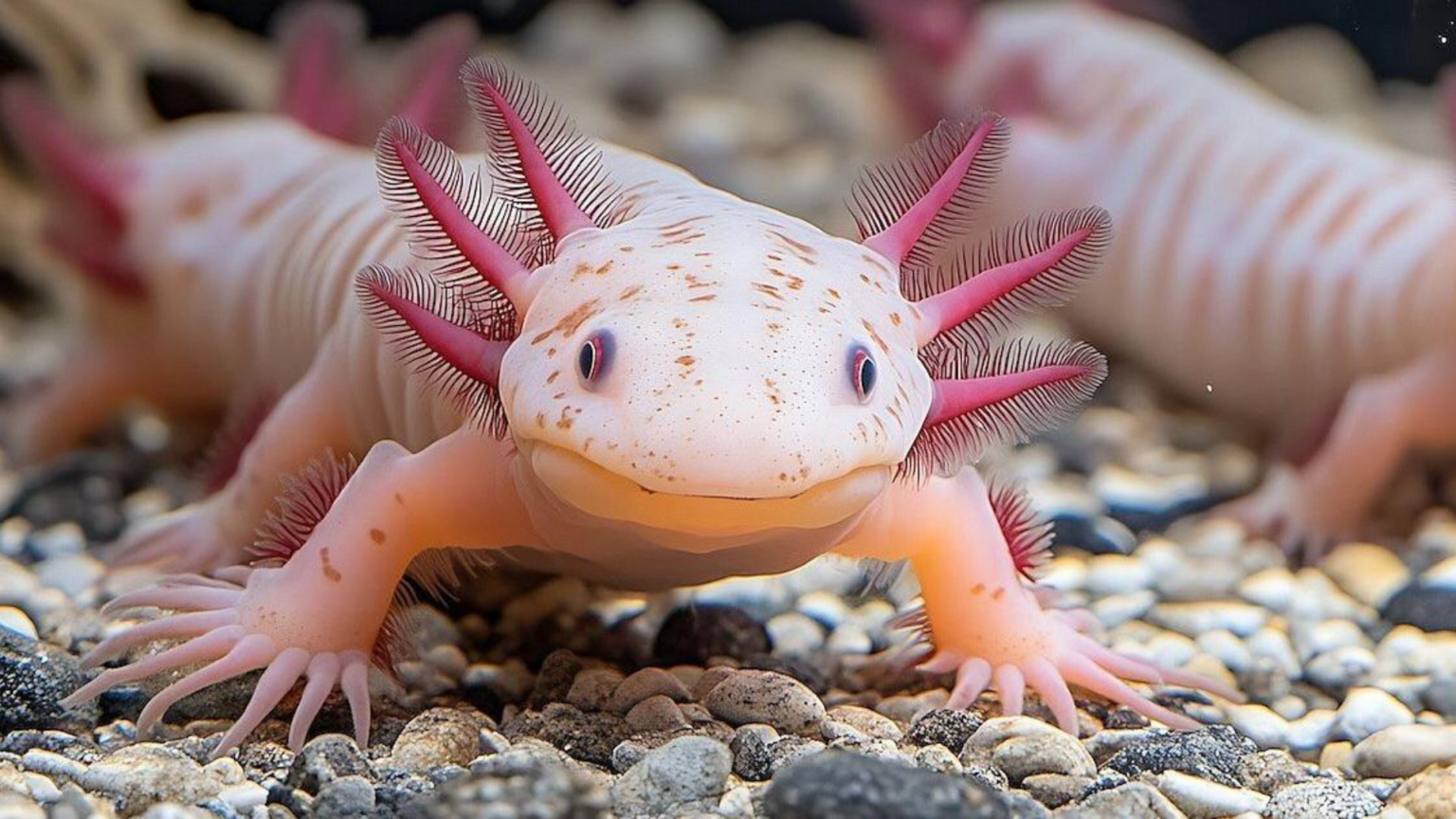What Are Glow-in-the-Dark Axolotls?
Axolotls are amphibians known for their astonishing ability to regenerate limbs, spinal cords, and even parts of their heart and brain. Now, thanks to recent scientific advancements, researchers have created glow-in-the-dark axolotls—a breakthrough that’s offering unprecedented insights into the mechanics of regeneration.
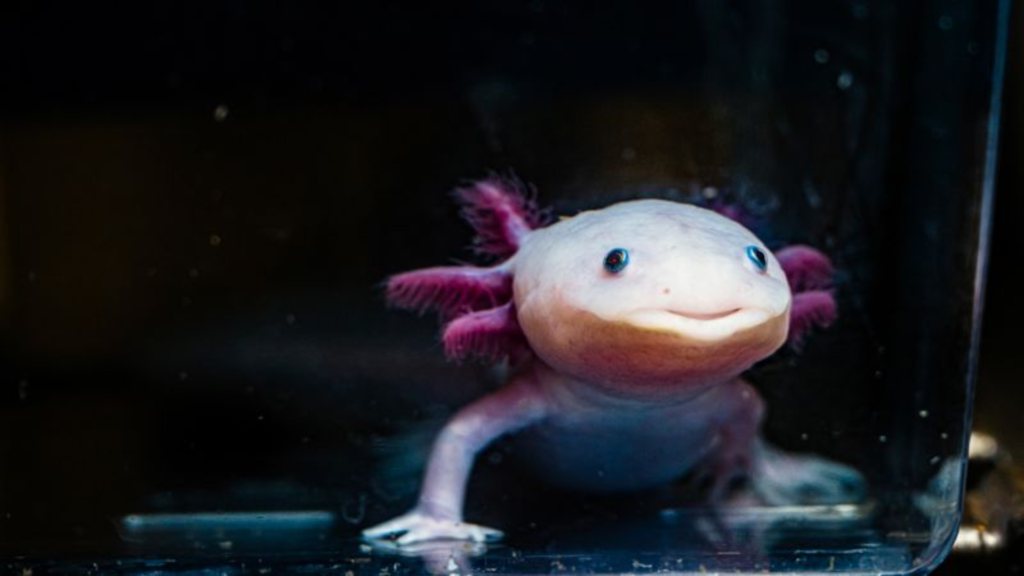
These axolotls aren’t radioactive or dangerous. Instead, they’ve been genetically engineered using GFP (green fluorescent protein), a substance originally derived from jellyfish. The protein makes parts of the axolotl glow under specific light, especially the regenerating areas.
Why Scientists Use Glow-in-the-Dark Axolotls in Regeneration Research
The main goal of creating glow-in-the-dark axolotls is to observe regeneration in real-time. By marking cells with fluorescent tags, scientists can track their movement, transformation, and behavior as the animal regrows a limb.
According to Dr. Julian Ramirez from the Regenerative Biology Institute,
“It’s like turning the lights on in a dark room. We can now see which cells are doing what, and when.”
This visibility helps researchers determine the specific genes and proteins involved in regeneration—a process that could one day benefit human medicine.
Gene Editing Glow-in-the-Dark Axolotls: How It Works
Scientists introduced the GFP gene into axolotls using a safe viral vector or CRISPR gene editing. The gene gets activated during tissue regeneration, especially when the limb is regrowing.
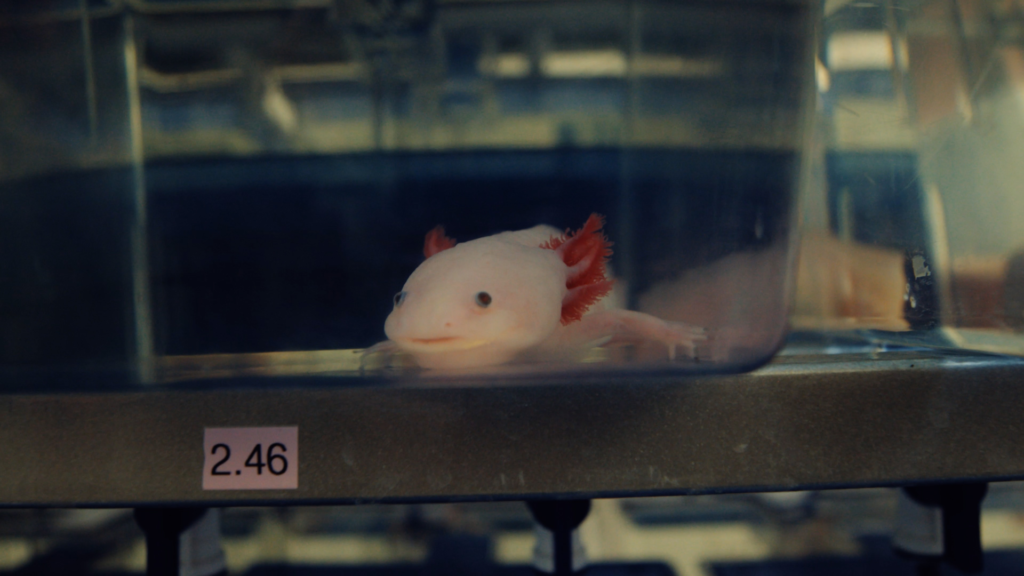
Under a fluorescence microscope, the regrowth area appears green, highlighting how stem cells transform into muscles, nerves, and skin. This glow maps the biological choreography of healing at the cellular level.
What We’ve Learned About Regeneration So Far
Thanks to glow-in-the-dark axolotls, researchers have uncovered several key insights:
- Cell memory reset: Some cells revert to a more primitive, stem-like state before transforming into new tissue.
- Gene switches: Specific genes turn on during regeneration and turn off once the process is complete.
- Immune system role: The immune system not only defends but also helps guide regeneration.
Dr. Emily Zhao from MIT notes,
“These findings shift how we think about healing. Instead of patching up damage, some creatures rebuild with blueprint-like precision.”
Potential Implications for Human Medicine
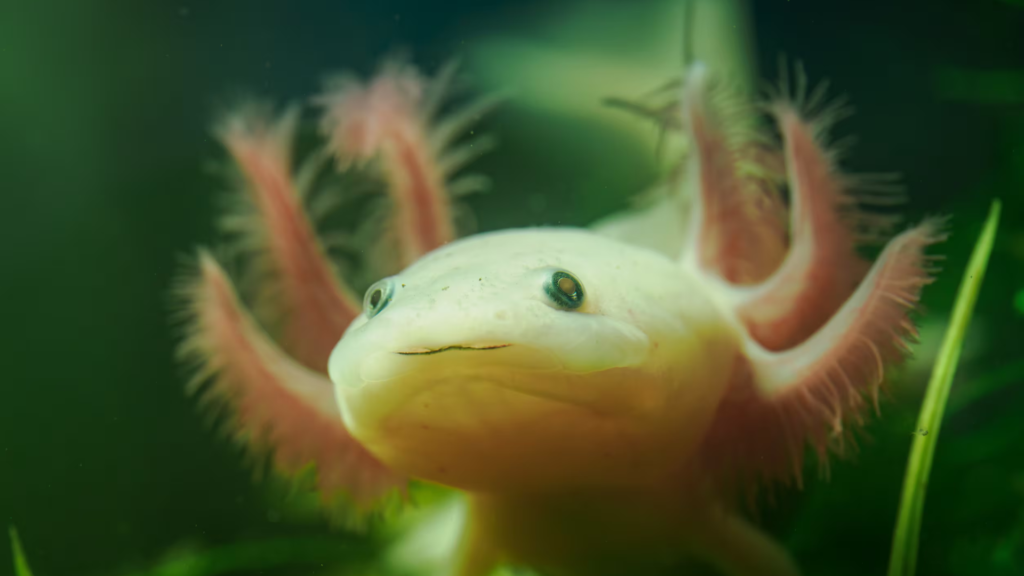
Humans can’t regenerate limbs, but the knowledge gained from axolotls may unlock possibilities in the future. Scientists hope that by mimicking the axolotl’s cellular behavior, they can create therapies for:
- Spinal cord injuries
- Amputations
- Heart and liver damage
- Neurodegenerative diseases
While clinical applications are still years away, the road to regenerative medicine is being paved by the glowing trail of axolotls.
Ethical and Environmental Considerations
The use of genetic modification in animals often sparks ethical debates. However, researchers emphasize that glow-in-the-dark axolotls are not released into the wild and are strictly used in lab-controlled environments.
These organisms are bred under humane conditions and monitored closely. According to lab guidelines, the gene editing causes no suffering or harmful side effects to the animals.
Public Reaction and Fascination
News of glow-in-the-dark axolotls has ignited public curiosity. Social media platforms are flooded with videos and images of the radiant amphibians.
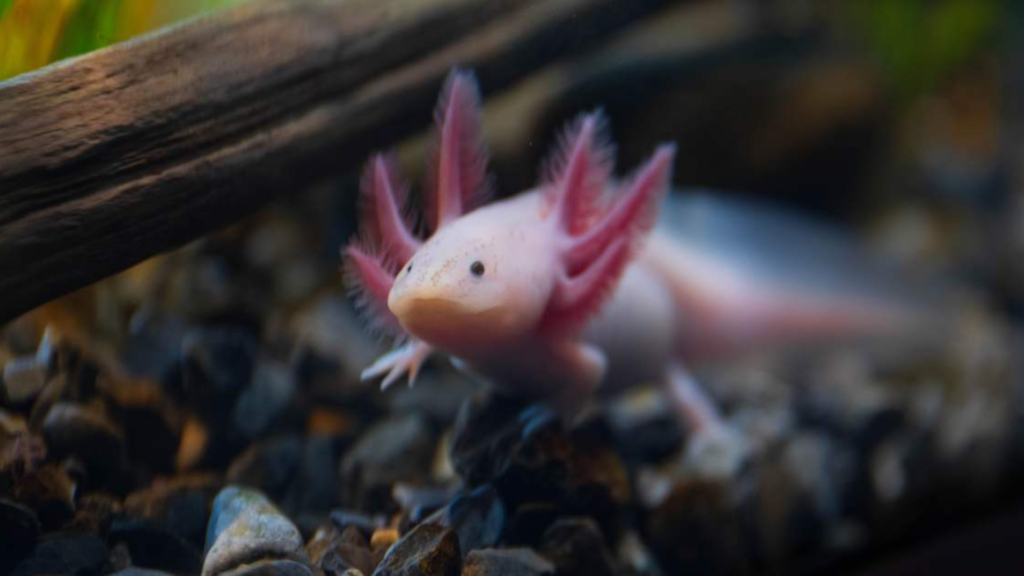
One Reddit user wrote,
“It’s like watching science fiction come to life—except it’s real and happening in a lab right now!”
Science outreach platforms have also embraced the discovery, using it as a teaching tool for genetics and regeneration in classrooms worldwide.
What’s Next in Regenerative Research?
Scientists aim to enhance this research by:
- Applying similar methods to other species like zebrafish or salamanders.
- Mapping the full genetic code involved in regeneration.
- Testing regeneration pathways in mammalian models, such as mice.
The long-term dream? Activate similar mechanisms in humans for targeted tissue repair.
Lighting the Way to the Future
Glow-in-the-dark axolotls do more than dazzle—they provide a living model for what regenerative healing could one day look like in humans. By shedding light on limb regeneration, they offer hope for medical breakthroughs that once seemed impossible.
As Dr. Ramirez puts it:
“In the darkness of scientific mystery, these creatures literally glow with answers.”
